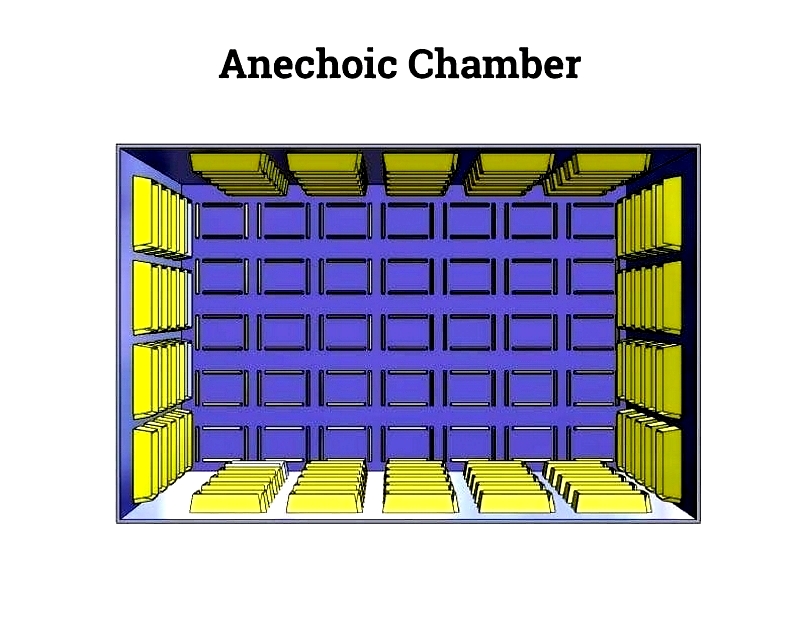Introduction
This guide covers everything you need to know about environmental chambers.
You'll learn about:
- What an Environmental Chamber is
- The Different Types of Environmental Chambers
- Common Uses for Environmental Chambers
- Industries Using Environmental Chambers
- Types of Testing Performed in Environmental Chambers
- And more...
Scroll down to chapter one to get started.
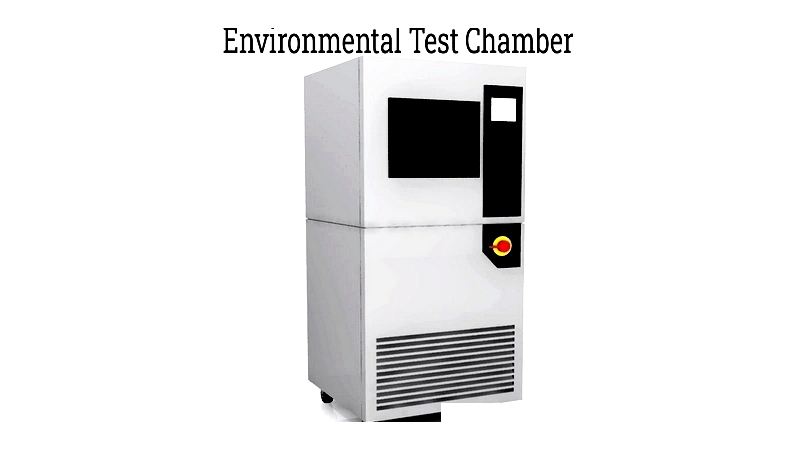
Chapter One – What is an Environmental Chamber?
An environmental chamber is a specialized enclosure designed to test how products, components, or assemblies perform under various environmental conditions. These advanced instruments can simulate the diverse environments a product might encounter in real-world use. Computer-controlled systems manage chamber conditions, enabling quick adjustments or maintaining specific settings for extended periods.
Predefined testing protocols ensure accurate data collection about product performance in expected environments. Typically, these test conditions are more rigorous than normal usage scenarios.
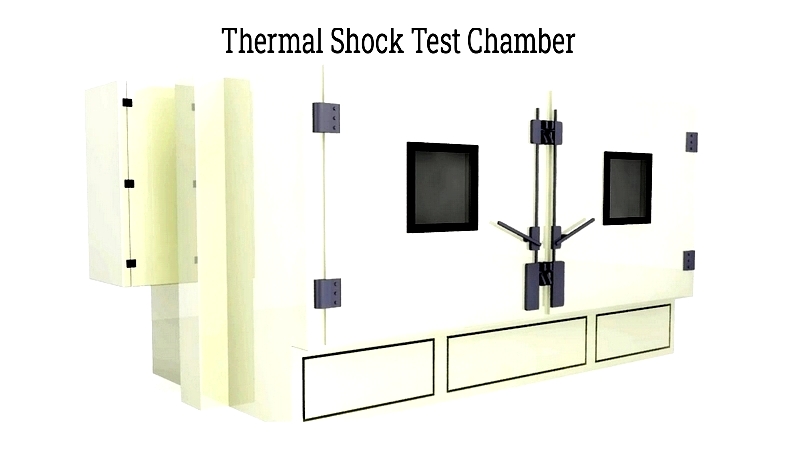
Environmental chambers provide crucial insights for manufacturers seeking to enhance products and optimize existing lines. These sophisticated devices are invaluable for industries developing durable, high-performance products.
Chapter Two – Different Types of Environmental Chambers
Environmental chambers, also called climate test chambers, come in various sizes and configurations to meet demanding industry requirements across aerospace, automotive, electronics, pharmaceutical, and defense sectors. These specialized enclosures enable controlled, repeatable simulation of diverse environmental conditions. Modern chambers can perform multiple test types in a single cycle, programmed to run individually, sequentially, or simultaneously.
Temperature and humidity testing are most critical, as these factors significantly impact product reliability. Chambers can simulate extreme conditions - from freezing temperatures to tropical humidity, accelerated aging, solar radiation, vibration, and corrosive environments. This allows industries to conduct real-world stress tests, identify potential failures, and ensure product durability and compliance before market release.
Types of Environmental Chambers
Temperature Chambers
As temperature is the primary cause of product degradation, thermal testing is essential for product development and quality assurance. Temperature chambers perform thermostatic or thermal cycling tests, creating stable conditions ranging from -70°C to 180°C or higher.
Products may undergo steady-state testing at constant temperatures or rapid cycling to evaluate response to sudden changes. Common applications include component validation, life-cycle testing, accelerated aging, and compliance with international standards like ASTM and IEC. These tests help predict real-world performance and prevent failures in critical applications.
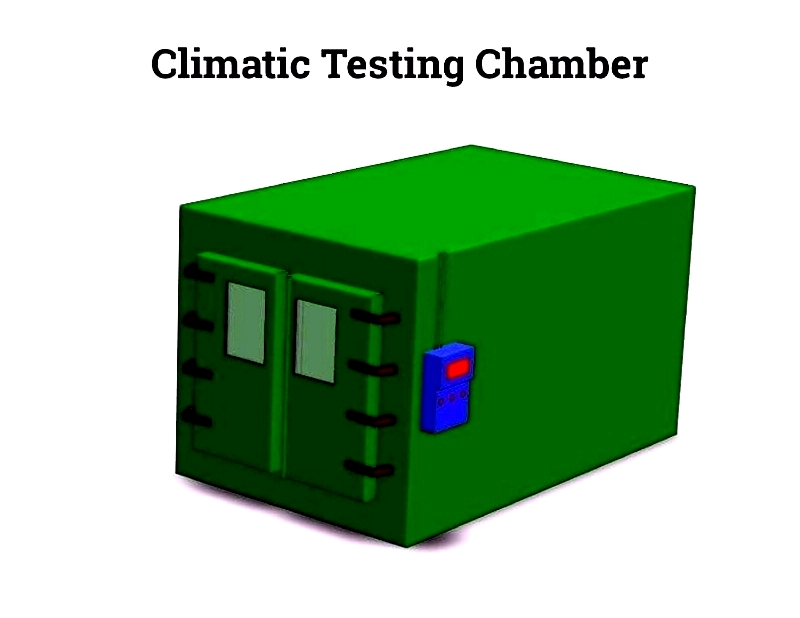
Humidity Chambers
Humidity, especially combined with temperature, is a major cause of product failure through corrosion, mold, and electrical faults. Humidity chambers work with temperature chambers to simulate tropical, arid, or high-condensation environments.
Modern chambers allow both static and dynamic humidity testing, vital for evaluating electronics, pharmaceuticals, packaging, and coated materials. They help prevent failures caused by moisture and ensure compliance with standards like ICH Q1A/QA.
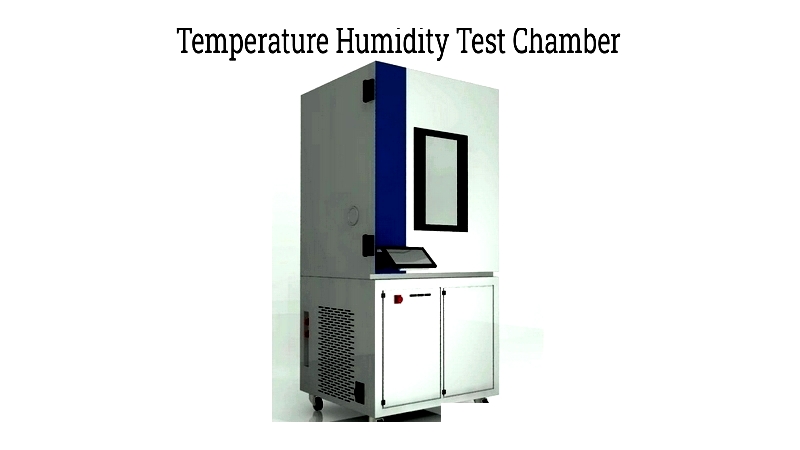
Vibration Chambers
Vibration chambers subject samples to controlled multi-axis movement, simulating transport, operation, or impact stresses. These systems are crucial for HALT and HASS testing to identify design weaknesses.
Often combined with temperature and humidity testing, vibration chambers assess durability and compliance with MIL-STD-810 and ISO 16750 standards. Automotive, aerospace, and electronics industries rely on them to ensure product reliability.
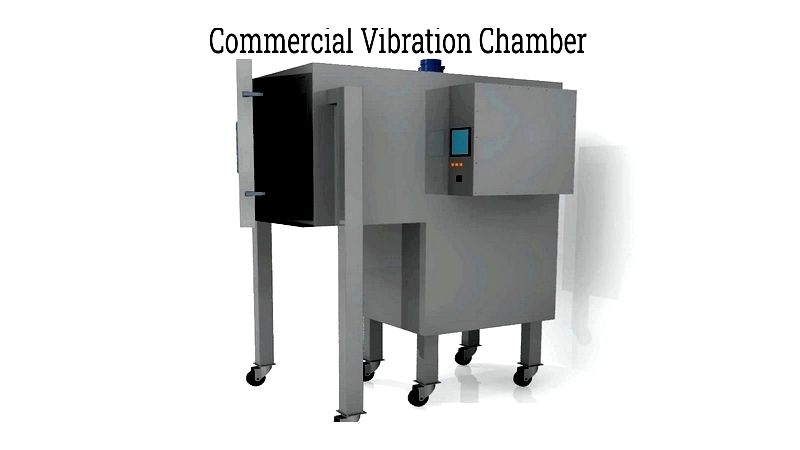
Stability Chambers
Stability chambers test long-term effects of temperature, humidity, and sometimes light on products. They're essential for shelf-life studies in pharmaceuticals, food, cosmetics, and chemicals.
These chambers simulate different climate zones to validate expiration dates and packaging, ensuring compliance with GMP and ICH guidelines.
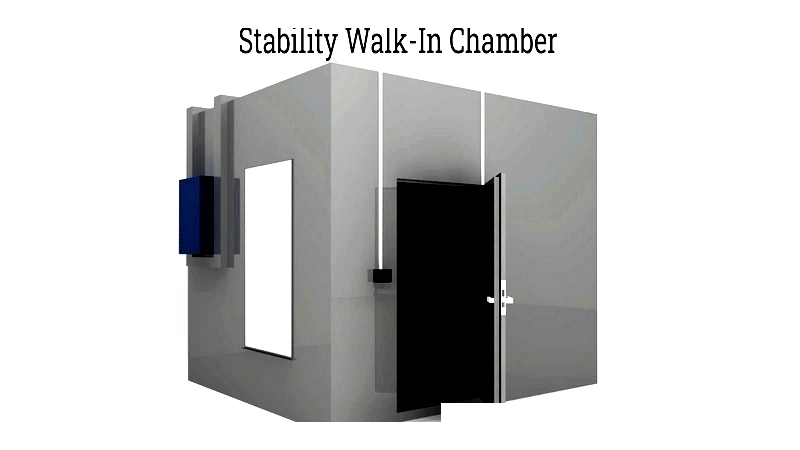
Salt Spray Chambers
Salt spray chambers evaluate corrosion resistance, especially for metals and coatings in harsh environments. They create controlled corrosive conditions to accelerate degradation.
Used in automotive, aerospace, and marine industries, these chambers help assess coating performance against standards like ASTM B117.
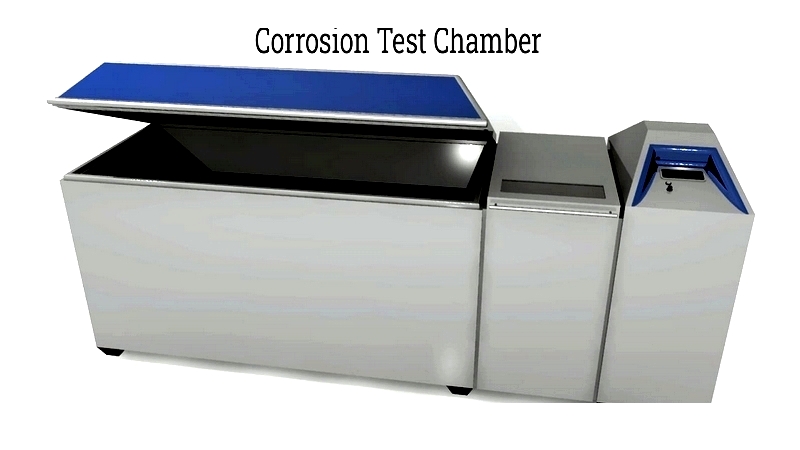
Thermal Shock Chambers
Thermal shock chambers test product resilience to rapid temperature changes, crucial for outdoor electronics, automotive, and aerospace components.
They quickly transition samples between extreme temperatures, revealing defects from thermal expansion or material incompatibility, ensuring compliance with MIL-STD-883 and IEC 60068.
Vacuum Chambers
Vacuum chambers simulate low-pressure environments for aerospace, defense, and semiconductor applications. They test product performance in high-altitude or space conditions.
Available in various sizes, these chambers often include thermal and humidity controls for complex testing scenarios.
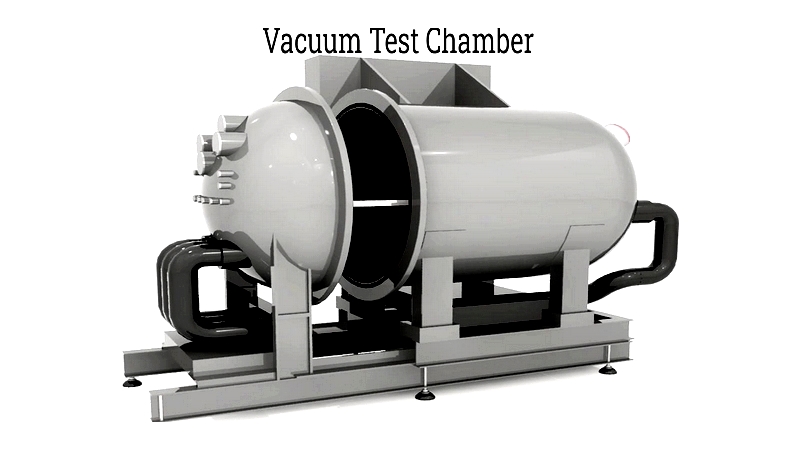
Altitude Chambers
Altitude chambers simulate low-pressure conditions at high elevations, testing product resilience for aerospace and defense applications.
Often combined with temperature testing, they ensure compliance with DO-160, ASTM, and MIL-STD standards.
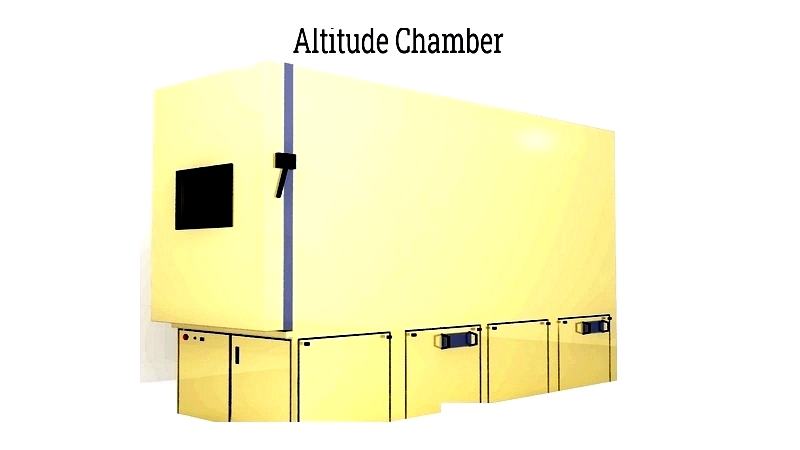
Anechoic Chambers
Anechoic chambers provide echo-free environments for acoustic and electromagnetic testing. Their specialized lining absorbs waves for interference-free measurements.
Essential for automotive, aerospace, and electronics industries, these chambers ensure compliance with EMC and FCC standards for product development and certification.
